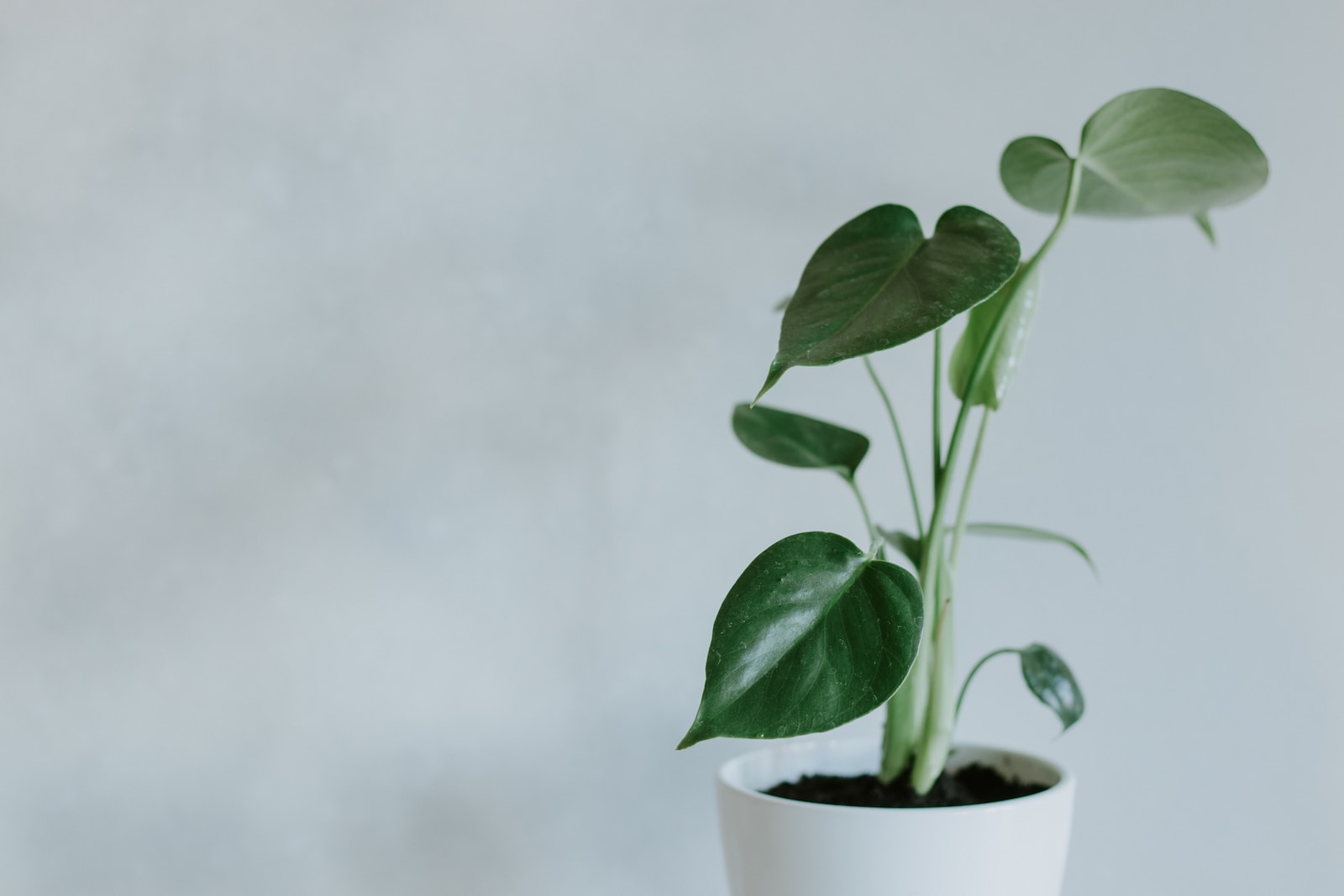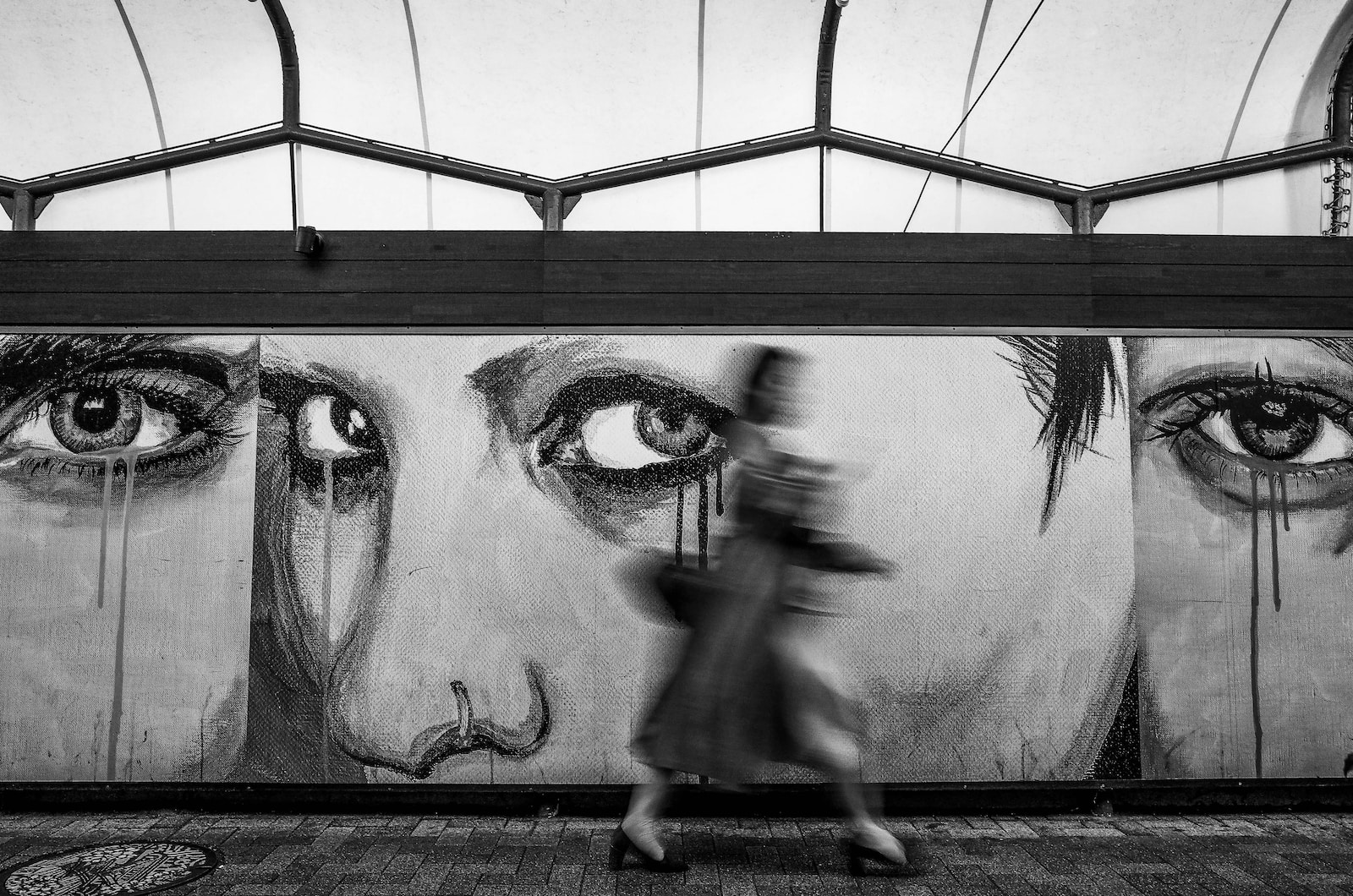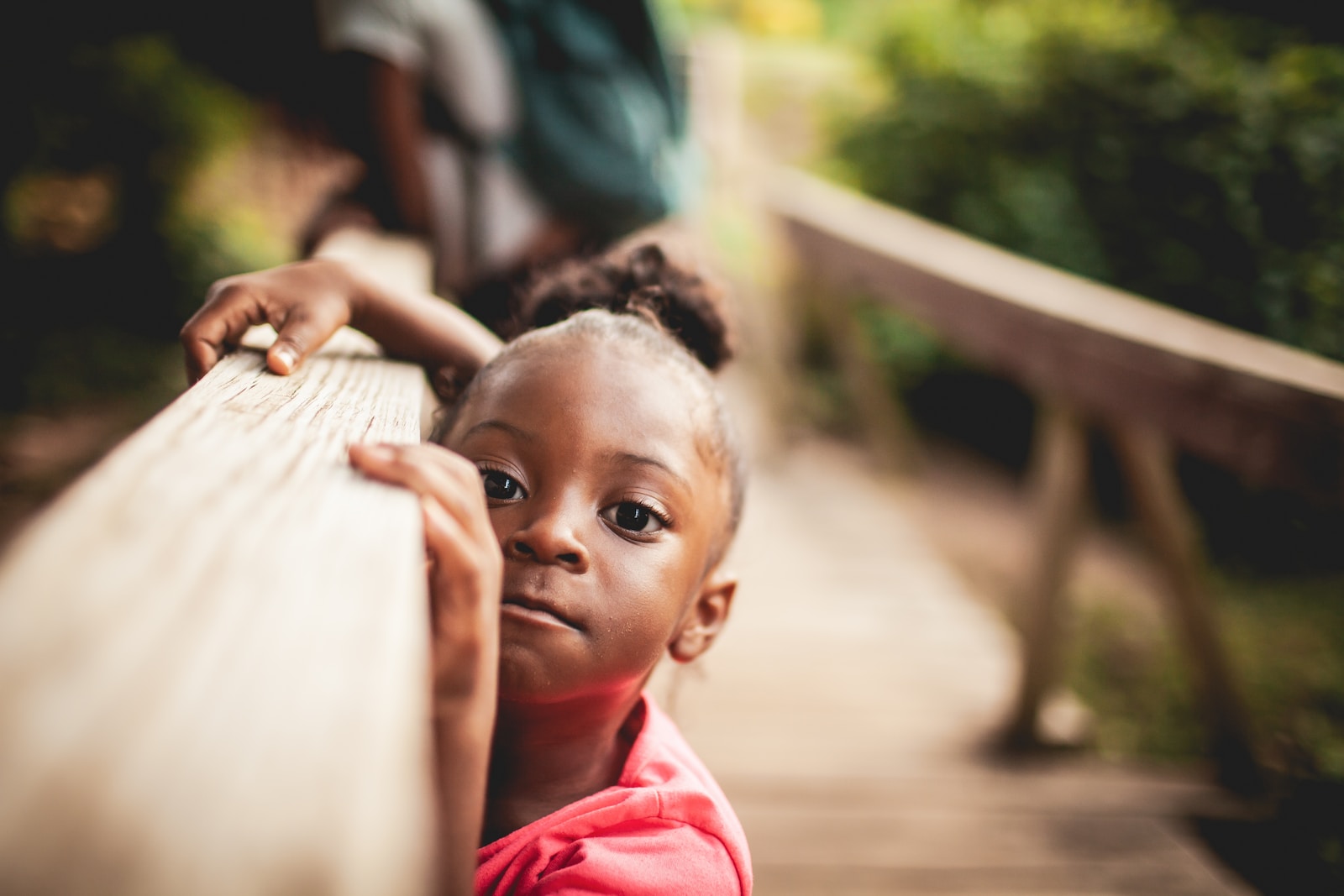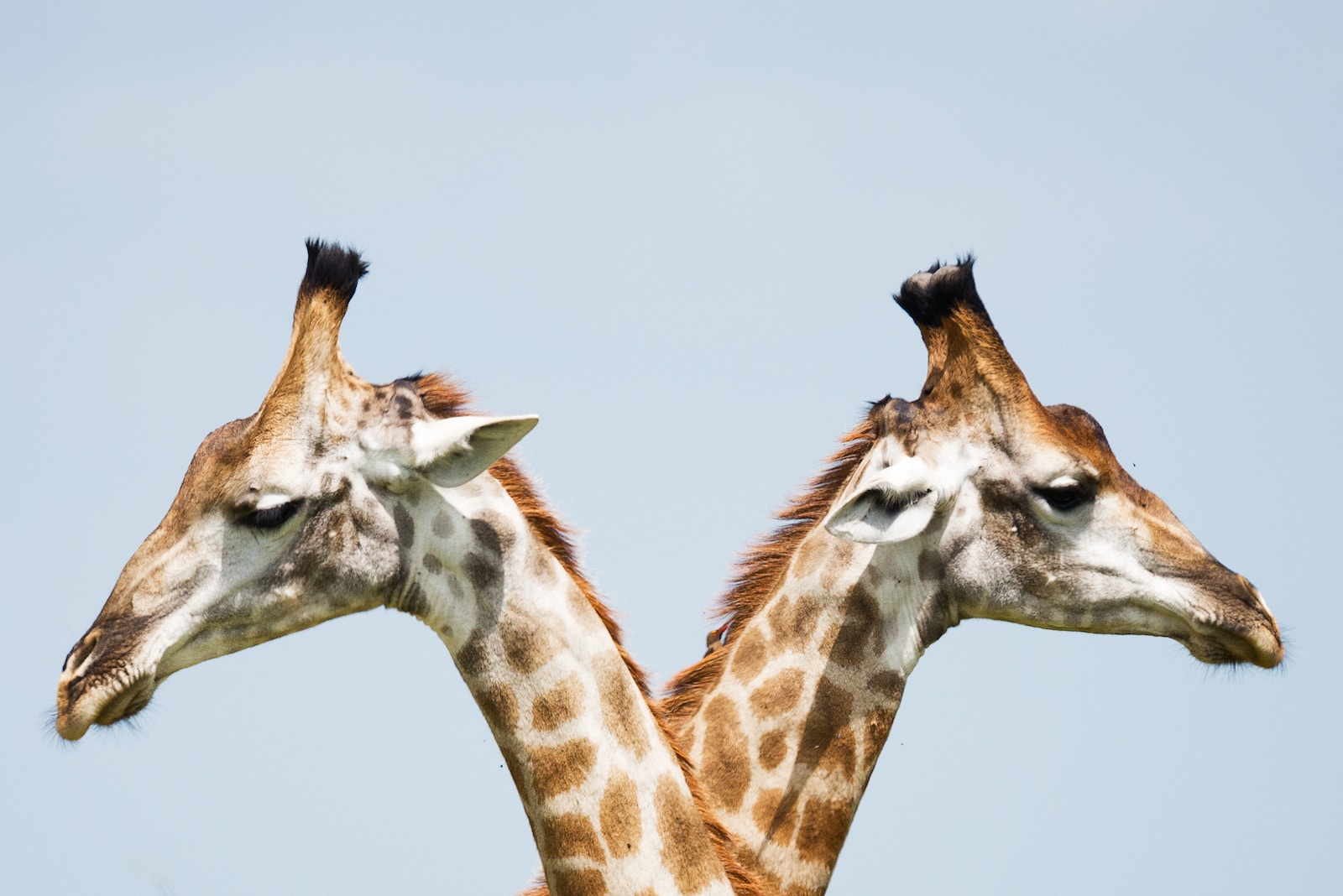Are you looking to take your photography skills to the next level? If so, then you’ve come to the right place! This blog explores the often underestimated element of negative space in photography. Discover how to leverage negative space as a powerful tool to bring balance to your compositions and to direct the viewer’s attention to your subject. Join us as we delve into the world of minimalist photography and uncover the secrets to creating visually captivating images.
Table of Contents
- Creating Visual Balance
- Elements of Minimalist Photography
- How to Utilize Negative Space Effectively
- Utilizing Negative Space in Minimalist Photography: A Guide for Visual Balance
- Frequently Asked Questions
- What is negative space in photography?
- Why is negative space important in photography?
- How can negative space enhance my photographs?
- What are some techniques for utilizing negative space effectively?
- Can negative space be used in any type of photography?
- Are there any rules for incorporating negative space in photography?
- Wrap Up:
Creating Visual Balance
One of the key aspects of negative space is its ability to create visual balance within a photograph. By strategically incorporating empty spaces around your subject, you can draw attention directly to the main focus of the image. This visual balance allows the viewer’s eye to naturally flow across the composition, leading to a more harmonious and pleasing aesthetic.
Enhancing Subject Isolation
Another advantage of utilizing negative space is its ability to enhance subject isolation. By providing ample breathing room around your subject, you can isolate it and make it appear more prominent and significant in the frame. Negative space acts as a spotlight that accentuates the main subject, making it the star of the photograph.
Fostering Emotional Impact
Negative space is a powerful tool for evoking emotions and moods within your photographs. The empty areas in a composition can create a sense of solitude, tranquility, or even mystery, depending on how they are used. These emotions can greatly enhance the impact and storytelling potential of your images, allowing the viewer to connect with the photo on a deeper level.
Adding Depth and Dimension
When used effectively, negative space can add depth and dimension to your photographs. By incorporating foreground or background negative space, you create layers that give the image a three-dimensional feel. This can bring a sense of depth, leading to a more immersive and visually captivating experience for the viewer.
Elements of Minimalist Photography
Minimalist photography is characterized by simplicity and elegance. It strips away distractions and focuses on the essence of the subject. By using negative space to eliminate clutter and unnecessary elements, minimalist photography allows for a clean and impactful image that highlights the beauty of the subject itself.
Clean Lines and Shapes
Minimalist compositions often feature clean lines and shapes. Negative space plays a crucial role in defining these lines, as it provides a clear separation between the subject and the surroundings. The use of clean and simple shapes creates a sense of order and symmetry, further enhancing the overall aesthetic appeal of the photograph.
Less is More
The principle of “less is more” perfectly aligns with minimalist photography. Embracing negative space allows you to remove any unnecessary elements that might distract from the main subject. By simplifying the composition, you can create powerful and impactful images that leave a lasting impression on the viewer.
How to Utilize Negative Space Effectively
When composing your photographs, take into account the placement and arrangement of negative space. Experiment with different angles and perspectives to find the most visually pleasing composition. Remember to leave sufficient empty space around your subject to achieve the desired balance and emphasis.
Play with Light and Shadows
The interplay between light and shadows can greatly contribute to the effectiveness of negative space. Use light to highlight your subject and create interesting shapes and patterns in the negative space. By mastering the art of light and shadows, you can bring depth and visual interest to your minimalist photographs.
Find Inspiration
Immerse yourself in the works of renowned minimalist photographers. Study their use of negative space and how they create balance and visual impact through their compositions. Analyze their techniques and incorporate them into your own photography style. Finding inspiration will help you develop your creative eye and expand your repertoire of photography skills.
Keep Practicing
Like any other aspect of photography, mastering the utilization of negative space requires practice. Keep experimenting with different compositions, subjects, and lighting conditions. With time and dedication, you’ll build confidence in your ability to effectively use negative space and create striking minimalist photographs that captivate viewers.
Interesting fact: Negative space is often used in logo design to create a memorable and recognizable mark.
Embrace the Power of Negative Space
Whether you’re a beginner or an experienced photographer, understanding the significance and potential of negative space is essential for elevating your compositions. By leveraging negative space as a tool to bring balance, highlight your subjects, and add depth to your images, you can create truly captivating photographs. Embrace the art of minimalist photography, and let negative space become your most valuable ally in producing stunning visuals.
Utilizing Negative Space in Minimalist Photography: A Guide for Visual Balance
When it comes to composing impactful photographs, one element that is often underestimated is negative space. Negative space refers to the empty areas surrounding and between the main subjects of an image. It is an essential tool that can enhance the visual impact of your photographs, create a sense of balance, and draw attention directly to your subject.
The Power of Negative Space
Imagine a photograph with a prominent subject placed in the center of the frame, surrounded by a significant amount of empty space. This empty space, also known as negative space, not only gives breathing room to the subject but also adds depth and enhances its visual impact. It helps in creating a calm and serene environment that allows the viewer’s eyes to rest and appreciate the subject.
By intentionally incorporating negative space, minimalist photographers can convey a sense of simplicity, elegance, and tranquility in their work. It is an excellent technique for creating visually balanced compositions and evoking emotions in the viewer.
Creating Visual Balance
One of the primary benefits of utilizing negative space is achieving visual balance in your compositions. Visual balance refers to the equilibrium of visual elements within an image. It helps create a harmonious and pleasing aesthetic, making the photograph more engaging for the viewer.
When composing a photograph, it is crucial to consider the placement of your subject and the surrounding negative space. The negative space should be carefully distributed to achieve visual balance and avoid any distractions that may overpower the subject.
An effective way to create visual balance is to use the rule of thirds. Imagine the frame divided into a 3×3 grid, both horizontally and vertically. By placing your subject off-center, aligned with one of the gridlines, and allowing negative space to occupy the remaining sections, you can create a visually pleasing composition. This technique draws attention to your subject while maintaining the overall balance in the image.
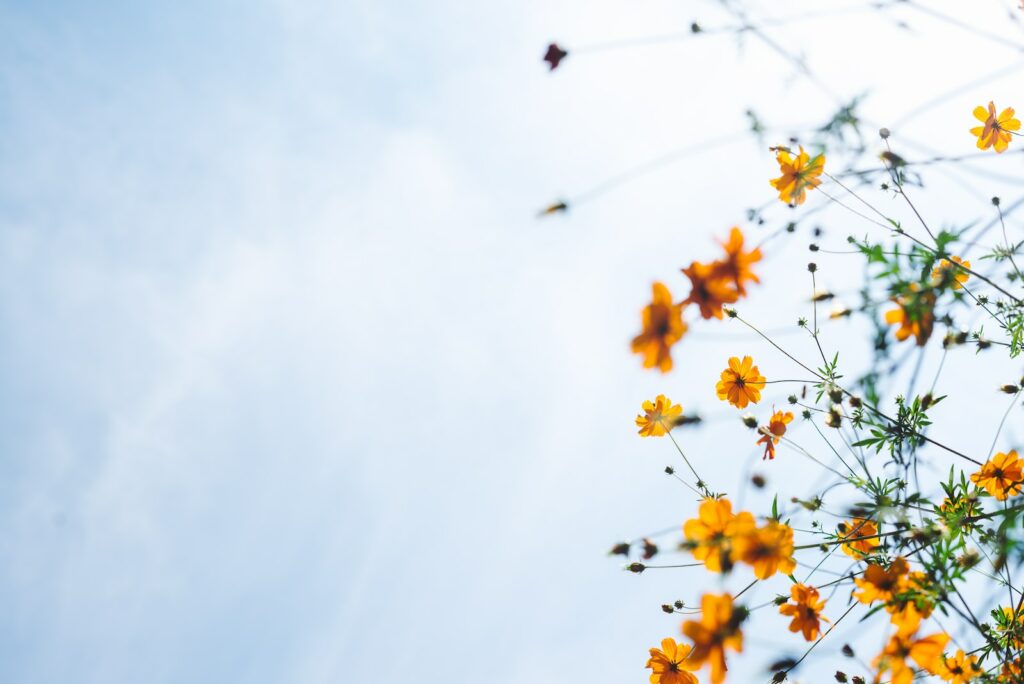
Techniques for Using Negative Space
Here are a few techniques to help you effectively utilize negative space in your minimalist photography:
- Keep it Simple: Focus on the main subject and eliminate any unnecessary distractions. Let the negative space frame and enhance your subject.
- Utilize Minimalist Backgrounds: Look for clean, uncluttered backgrounds that complement the subject and allow negative space to shine.
- Experiment with Different Compositions: Try various angles, perspectives, and placements to find the most impactful use of negative space for your subject.
- Play with Scale and Proportions: Use negative space to emphasize the size or scale of your subject. The contrast between a small subject and a vast amount of negative space can create a compelling visual impact.
Remember, negative space is a versatile tool that can be used in various genres of photography, including landscapes, portraits, still life, and architecture. Experimenting and practicing with negative space will help you develop a unique and distinctive style in your photography.
So next time you head out with your camera, don’t underestimate the power of negative space. Embrace it as an essential element, and you’ll discover the profound impact it can have on your minimalist photography compositions.
Frequently Asked Questions
What is negative space in photography?
Negative space in photography refers to the empty or unoccupied areas surrounding the main subject in your composition. It is the space around and between the subjects that helps define their presence and draw attention.
Why is negative space important in photography?
Negative space is important in photography because it helps create visual balance and harmony in your compositions. It allows the subject to stand out and captures the viewer’s attention more effectively, making your photographs more visually engaging.
How can negative space enhance my photographs?
By incorporating negative space in your photographs, you can create a sense of simplicity, minimalism, and elegance. It can guide the viewer’s eye directly to your subject, adding depth and visual interest to your images.
What are some techniques for utilizing negative space effectively?
– Give your subjects room to breathe by placing them off-center and allowing negative space to surround them.
– Use a wide aperture to blur the background and emphasize the space around the subject.
– Utilize simple and clean backgrounds to enhance the impact of negative space.
– Experiment with different angles and viewpoints to make the most of negative space.
Can negative space be used in any type of photography?
Absolutely! Negative space can be applied to various forms of photography, including landscape, portrait, architectural, and still life. It is a versatile compositional technique that can elevate the impact of your images regardless of the genre.
Are there any rules for incorporating negative space in photography?
While there are no strict rules, it’s essential to find a balance between negative space and your subject. Experiment and trust your instincts to determine what works best for a particular photograph. Remember, negative space is a tool that can be used creatively to enhance the overall composition.
Wrap Up:
As a photographer, understanding the power of negative space is a game-changer. By utilizing this underestimated element, you can create visually striking and minimalist compositions that draw attention directly to your subject.
Remember, negative space is not empty space, but rather a tool to enhance your images. Experiment with different compositions, use visual balance, and let negative space tell a story. Embrace its power and watch your photography elevate to new heights.
Have you tried using negative space in your photography? How has it transformed your compositions? Share your experiences and thoughts in the comments below. We would love to hear from you and continue this conversation.
